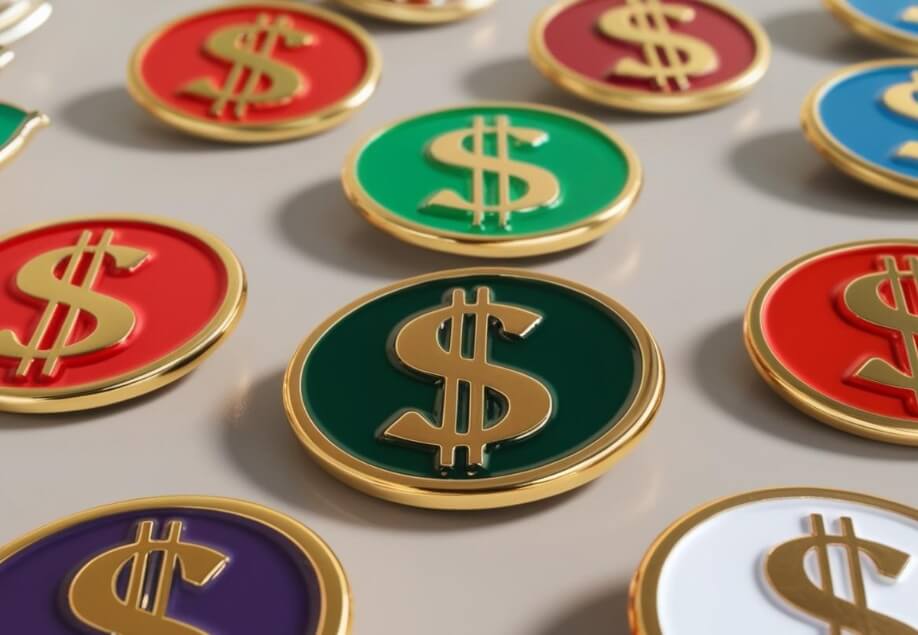Enamel pins have become popular accessories and collectibles, but their pricing often raises questions. Understanding the factors that contribute to their cost can provide clarity.
Materials Used in Enamel Pins
The choice of base material significantly impacts the overall cost and quality of enamel pins. Common materials include:
-
Iron: A cost-effective option, iron is generally cheaper and commonly used in pin production.
-
Zinc Alloy: Known for its versatility, especially for intricate designs, zinc alloy can be more expensive than iron.
-
Brass and Copper: These materials provide a premium feel and are often used for high-quality pins, contributing to a higher price point.
-
Aluminium: Lightweight and durable, aluminium can add to the overall cost due to material expenses.
Types of Enamel Pins
The type of enamel pin affects both the aesthetic and the cost:
-
Soft Enamel Pins: Featuring raised metal edges with recessed areas filled with enamel, they have a textured feel and are generally cheaper to produce.
-
Hard Enamel Pins: Undergo additional polishing to achieve a smooth, flush surface, increasing durability and cost.
Production Process and Costs
Creating enamel pins involves several steps, each contributing to the final price:
-
Design Creation: Crafting a detailed design suitable for pin production.
-
Mold Creation: A custom mold is made for each design, with costs ranging from $50 to $80, regardless of the number of pins produced.
-
Stamping or Casting: The base material is shaped using the mold.
-
Enamel Filling: Recessed areas are filled with enamel colours.
-
Polishing and Plating: Pins are polished and plated with metals like gold or silver for a polished finish.
-
Attachment Addition: Backings such as butterfly clutches are attached.
-
Quality Control: Each pin undergoes inspection to ensure it meets quality standards.
Impact of Order Quantity on Cost
The number of pins ordered directly affects the unit price:
-
Small Orders: Higher cost per pin due to the fixed mold cost being spread over fewer units.
-
Bulk Orders: Lower cost per pin as the mold cost is distributed across a larger quantity.
Additional Factors Influencing Cost
-
Pin Size: Larger pins require more materials, increasing the cost.
-
Design Complexity: Intricate designs may necessitate more detailed molds and additional production time.
-
Plating Options: Premium platings like gold or dual plating add to the cost.
-
Attachments and Packaging: Specialty backings or packaging options can raise the final price.
Conclusion
While enamel pins may seem expensive, understanding the factors involved in their production—from material selection and type to the intricacies of the manufacturing process and order quantities—clarifies the reasons behind their pricing. Opting for larger orders and simpler designs can help reduce the cost per pin, making them more affordable for both creators and consumers.

